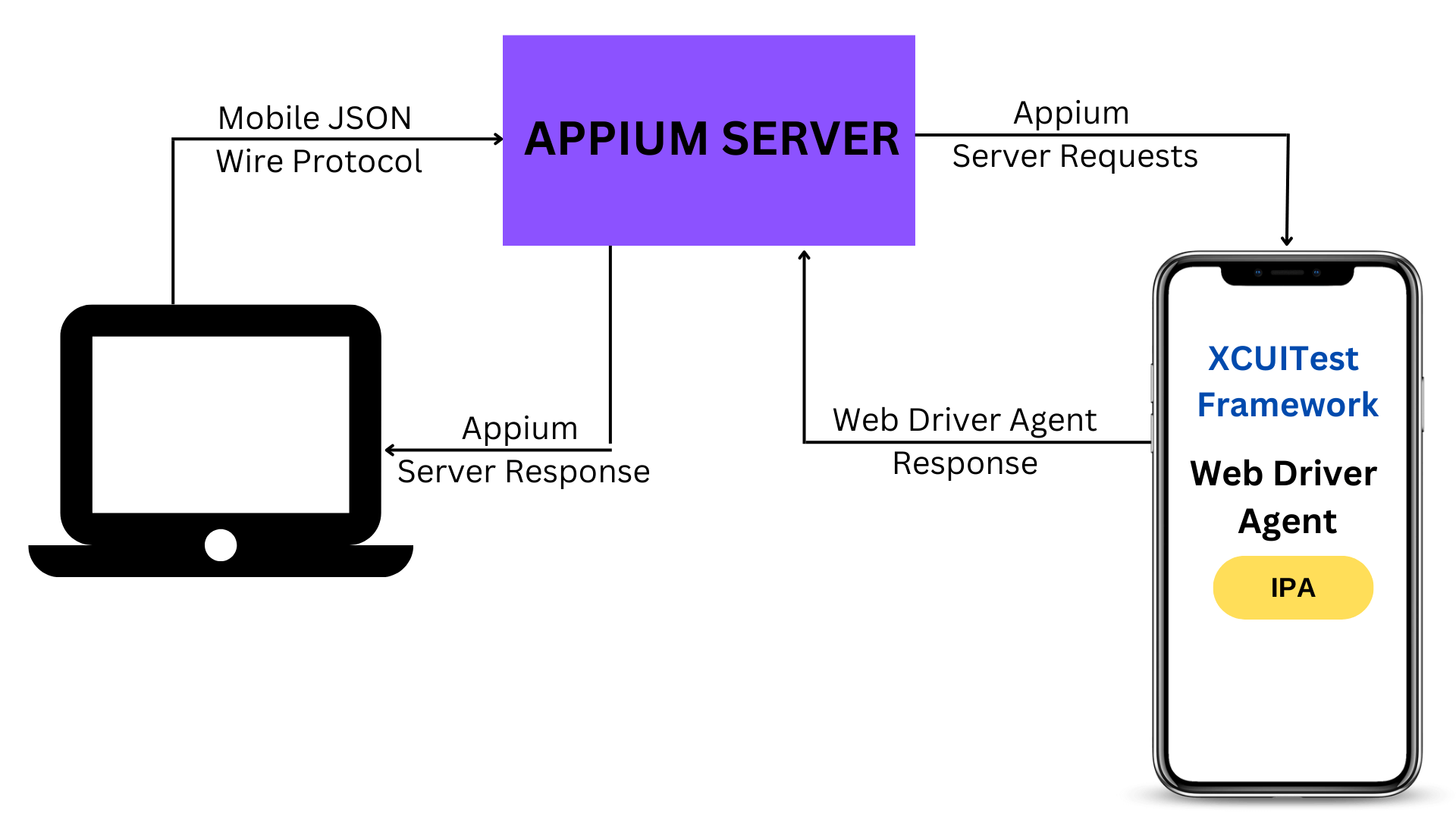Angular Features: Information You Should Know
Today, both small and major multinational corporations expatriate a lot of their projects to India. In addition, a variety of frameworks, including Angular, are for this purpose by IT organizations. The main reason Google keeps doing it is to boost single-page apps. Hence, it has obvious advantages as a structure and offers builders a preferred form to work with. Customers may sustainably produce large-scale applications. Because HTML tags are in angle brackets. Hence, the term “angular” features was coined.
Table of Contents
Why is Angular Preferred?
The most popular client-side programming language is JavaScript. Therefore, it is in HTML files to enable a variety of unique interactions with online sites. It is a fantastically simple language with widespread support that is well-suited to enhancing contemporary applications and has dedicated Angular developers who are implementing fantastic projects.
But is JavaScript the best language for creating modular, productive single-page apps that can be tested? Maybe not.
There are several frameworks and libraries available nowadays that are meant to provide superior solutions. It addresses those with an appreciation for front-end web development. If not all, of the issues that come up when developers utilize JavaScript alone.
Angular Features
Google created Angular, a sophisticated JavaScript framework for creating web apps. It offers several features that improve performance, maintainability, and development efficiency. Here are a few Angular highlights:
Binding of Two-Way Data
By using two-way data binding, Angular makes it possible for the model (data) and view (UI) has automatic sync. The task of maintaining the user interface in sync with the underlying data becomes simpler by automatically updating the view when the model changes and vice versa.
Architecture Based on Components
A component-based architecture, which Angular uses, divides the program into reusable and modular components. So, components make code structure and maintenance simpler by encapsulating the logic and user interface of certain portions of the program. Input/output bindings and events are two ways that components may talk to one another.
Dependency Injection of Angular Features
A dependency injection mechanism that makes it easier to handle dependencies and encourages code reuse. When necessary, it manages the instantiation and injection of such dependencies. DI allows components to specify their dependencies.
Response Forms
Reactive forms are a strong form-handling method offered by it. You may create intricate, dynamic forms with reactive forms by adding features like data validation, asynchronous operations, and reactive updates. It features observable-based reactive programming and rich form validation capabilities.
Routing
A strong routing module that comes with Angular enables you to plan and control the navigation of your application. You can establish routes, manage route guards for authentication and authorization, handle URL navigation, and perform nested routing using Angular’s router.
Integration of TypeScript
TypeScript, a statically typed superset of JavaScript, is used to create Angular. Static type checking, greater code editor support, and increased maintainability are just a few of the benefits that TypeScript offers. It facilitates improved tooling and refactoring, increases code readability, and aids in error detection during compilation.
Testing Assistance
A complete set of testing tools and utilities are offered by Angular. End-to-end (E2E) tests, integration tests, and unit tests are all supported via built-in testing features. The creation and running of tests are made simpler by the testing tools for it, assuring the reliability and quality of the code.
Performance Improvement
Numerous performance-enhancing methods are available with the framework, including ahead-of-time (AOT) compilation, lazy module loading, and change detection approaches. AOT compilation speeds up application startup and rendering by converting templates and component code into effective JavaScript during the construction process.
In Comparison to Other Front-End Frameworks, How Does Angular Features Fare?
Among the many well-liked front-end frameworks are Angular, React, and Vue. Angular has a more vertical learning curve than React yet offers more sophisticated functionality. Angular is more opinionated and offers a more organized method for building web apps than Vue.js. When comparing Angular to other front-end frameworks, such as React and Vue.js, it’s important to consider various factors. Here’s how Angular fares in a few key areas:
Angular is very suitable for the development of large-scale applications due to its scalability. The design of the system facilitates the principles of modularity, code structure, and maintainability. The software offers robust functionalities like as dependency injection and a decent Command Line Interface (CLI) that enhance the efficiency of the development process. These characteristics facilitate the management of intricate projects that include extensive codebases.
Performance
Angular is having decent performance. However it may exhibit somewhat slower performance when compared to React or Vue.js. The use of Angular’s robust functionalities and abstractions necessitates an increase in processing overhead. Nevertheless, by implementing effective optimization strategies and using capabilities like as Ahead-of-Time (AOT) compilation, Angular has the potential to achieve exceptional speed.
Community
The Angular features have a substantial and dynamic community. But not reaching the same level of breadth as the communities of React or Vue.js. However, it is worth noting that Angular benefits from robust corporate backing provided by Google, so guaranteeing continuous development, upkeep, and enhancement. Angular has a diverse ecosystem including a variety of frameworks, tools, and resources that are readily accessible to developers.
TypeScript Integration
Angular is using TypeScript. TypeScript offers advantages like as static type checking, improved support from integrated development environments (IDEs), and expanded tooling capabilities. The use of Angular’s TypeScript integration may provide a substantial advantage for those who have a preference for tightly typed languages and appreciate the associated advantages.
Support for Angular Features
Angular has a rich and meticulously maintained official documentation, complemented by a committed staff that offers support and regular updates. The documentation encompasses a diverse array of subjects, including instructional materials, educational resources, and references pertaining to the application programming interface (API). This resource may be beneficial for developers in need of advice and support for troubleshooting purposes.
Bottom Line on Angular Features
These are just a handful of the standout features that it provides. The team and the larger community regularly update and improve the framework, allowing it to continue to grow.

Business Developmeny Manager at PAS InfoCom Technologies Ltd. Experienced in project management with a demonstrated history of working in the information technology and services industry.










